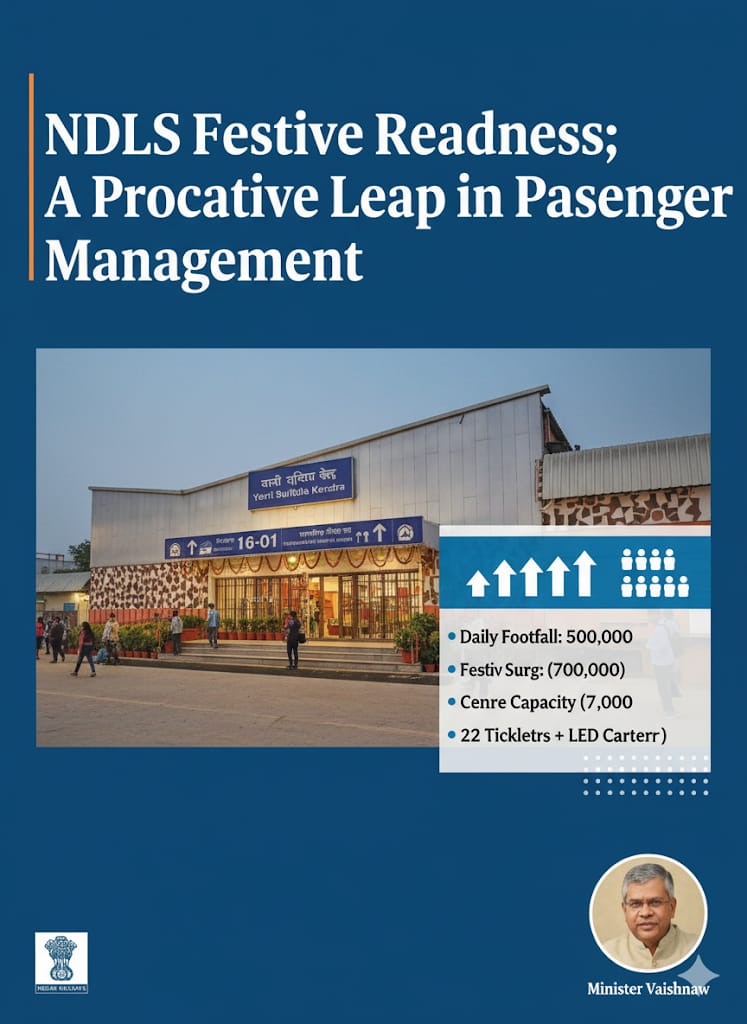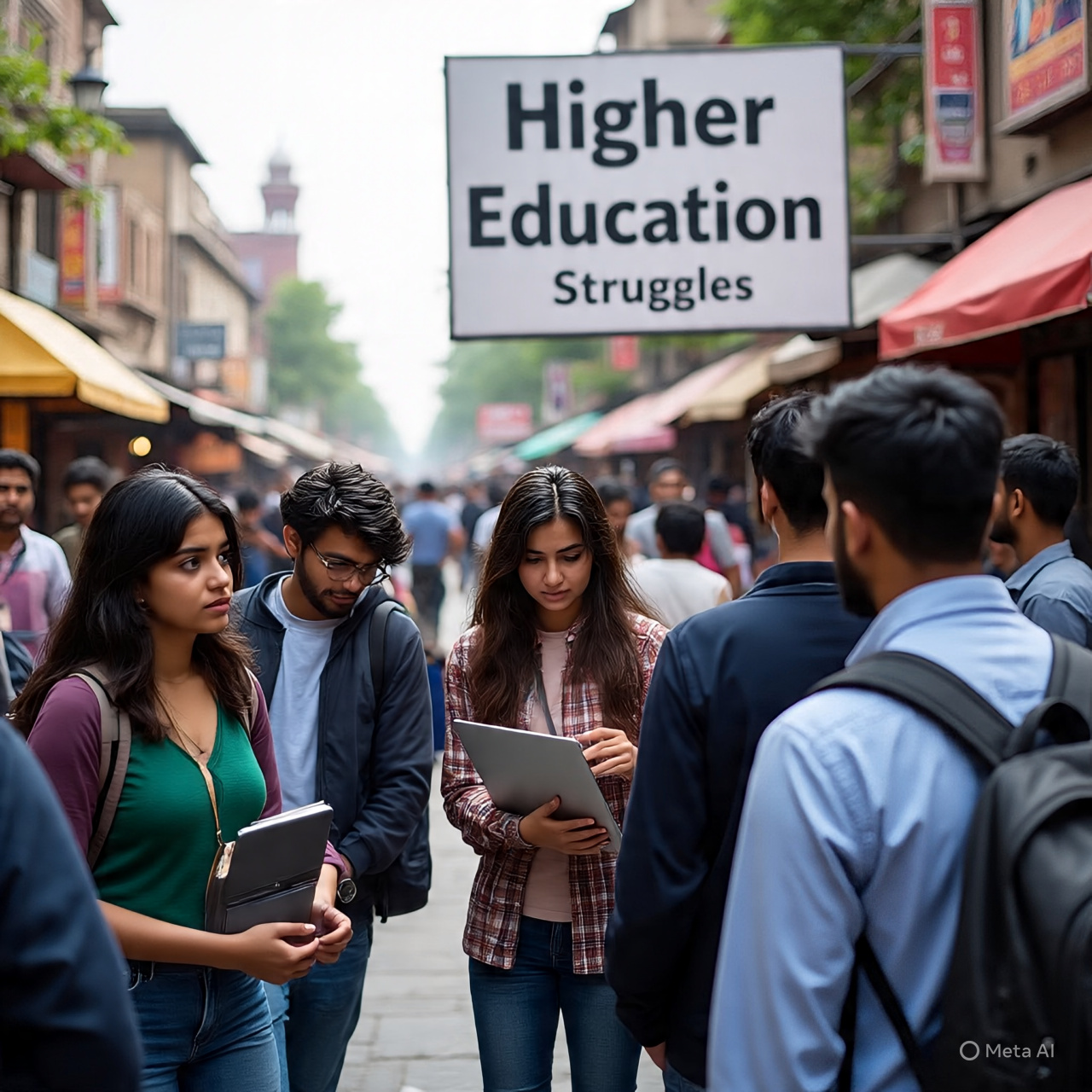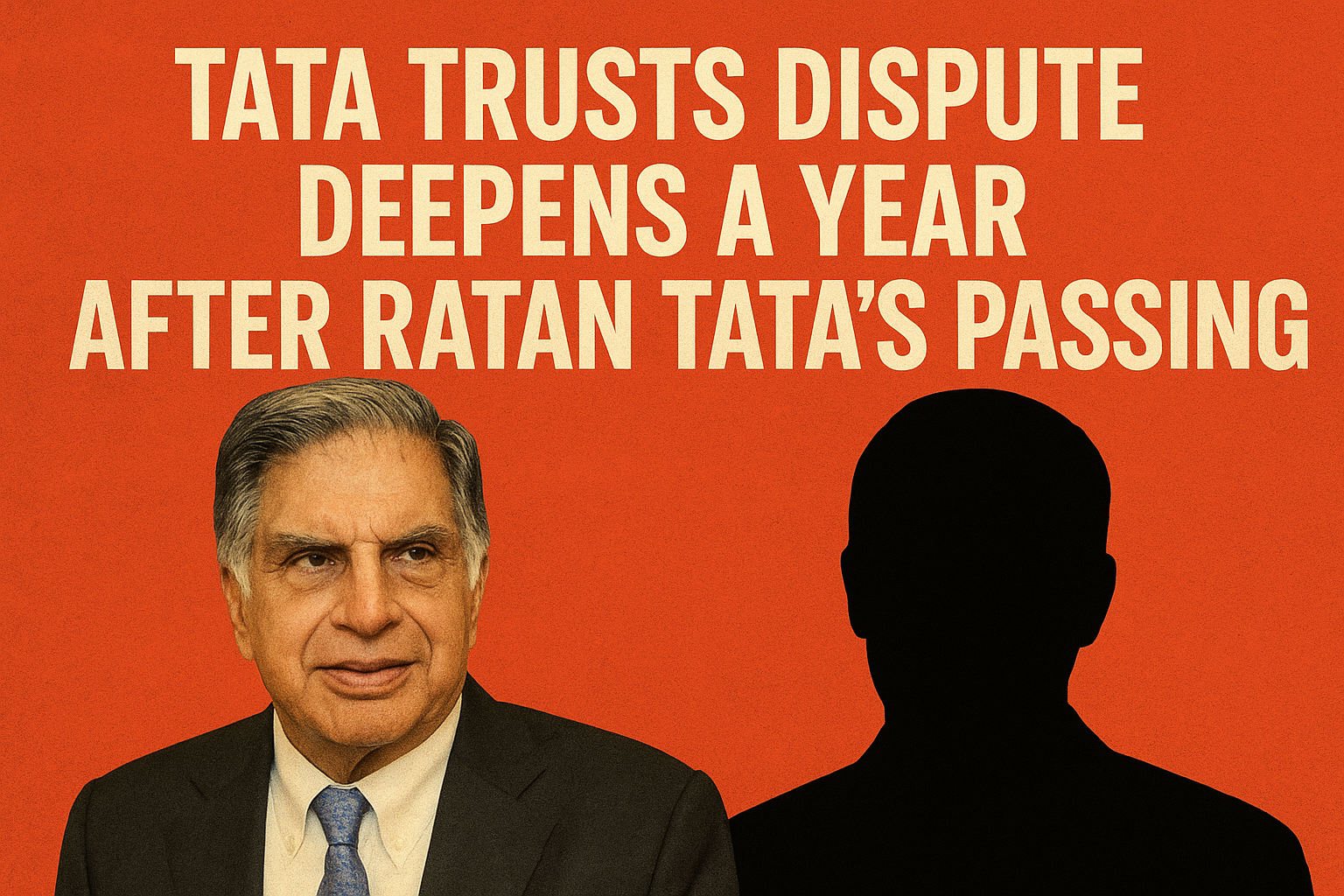_2020._The_image_features_a_book_with_Indias_map_embossed_on_it.webp)
India’s education system operates under a complex federal structure where both the Centre and states share responsibilities. However, recent debates surrounding the National Education Policy (NEP) highlight a deeper struggle—one between central oversight and state autonomy. The Tamil Nadu government’s decision to halt the implementation of NEP 2020 has reignited discussions on whether a one-size-fits-all policy is viable for a country as diverse as India.
At the heart of the controversy lies the question of linguistic and administrative control. Tamil Nadu argues that the Centre’s push for a common framework undermines regional preferences, particularly in language education. The NEP’s recommendation of a three-language formula has been met with resistance in the state, where concerns about the imposition of Hindi have historical roots. While the Centre insists that the NEP is flexible and allows states to make modifications, Tamil Nadu sees it as a veiled attempt at centralization.
This linguistic debate is not new. Tamil Nadu has long opposed the introduction of Hindi in school curricula, citing fears of linguistic hegemony. The state has successfully maintained a two-language system, emphasizing Tamil and English, without adopting Hindi as a mandatory subject. The resistance to the NEP, therefore, stems from a broader fear that federal educational mandates may override regional identities and cultural priorities. The debate raises a fundamental question: should states have the autonomy to tailor their educational policies, or must they adhere to a standardized national framework?
Beyond the language debate, the larger issue is how educational policies should be shaped in a federal system. The Centre’s role should be to set broad guidelines while ensuring states retain the flexibility to adapt policies to their unique socio-cultural and economic conditions. Tamil Nadu and Kerala, for instance, have made significant strides in public education, boasting higher Gross Enrollment Ratios (GER) at the secondary level—89.5% and 83.5% respectively—compared to states like Uttar Pradesh and Bihar, where GER remains lower. These variations indicate that states should have the leeway to implement policies that suit their educational needs rather than conforming to a uniform model.
Another concern is the restructuring of higher education institutions under NEP 2020. The policy aims to create multidisciplinary institutions with greater autonomy, encouraging them to set their own curricula and admission processes. However, critics argue that this move may benefit elite institutions while potentially sidelining state-run universities and colleges that cater to local populations. Tamil Nadu, for instance, has a well-established network of state universities that operate under a specific framework suited to the region’s employment landscape and social needs. A uniform higher education policy risks disrupting these state-specific educational ecosystems.
Similarly, the policy’s push towards privatization and digital learning has sparked concerns. While modernization is necessary, it must be balanced against the need for equitable access. Rural and underprivileged students, who may lack the necessary digital infrastructure, could find themselves at a disadvantage. Tamil Nadu’s model of state-supported public education has historically been successful in reducing disparities in access. Any central mandate that prioritizes private institutions over public education risks exacerbating inequalities.
The solution lies in cooperation rather than confrontation. While the NEP aims to modernize education and improve quality, it must respect state-specific challenges. The Centre should facilitate dialogue rather than enforce a rigid framework, ensuring that educational progress is driven by collaboration rather than coercion. Instead of pushing a ‘one-size-fits-all’ policy, studying successful state-led models could provide insights into crafting a more inclusive and effective national education strategy.
For meaningful progress, there must be a middle path—one that aligns the national vision with regional realities. A decentralized approach, where states are empowered to shape their educational frameworks while adhering to a broader national vision, could ensure both autonomy and uniformity. Education, after all, is not just a policy issue but a cultural and social necessity that must be approached with sensitivity and pragmatism. Only by striking the right balance can India create an education system that is both forward-looking and deeply rooted in its diverse heritage.




.jpeg)

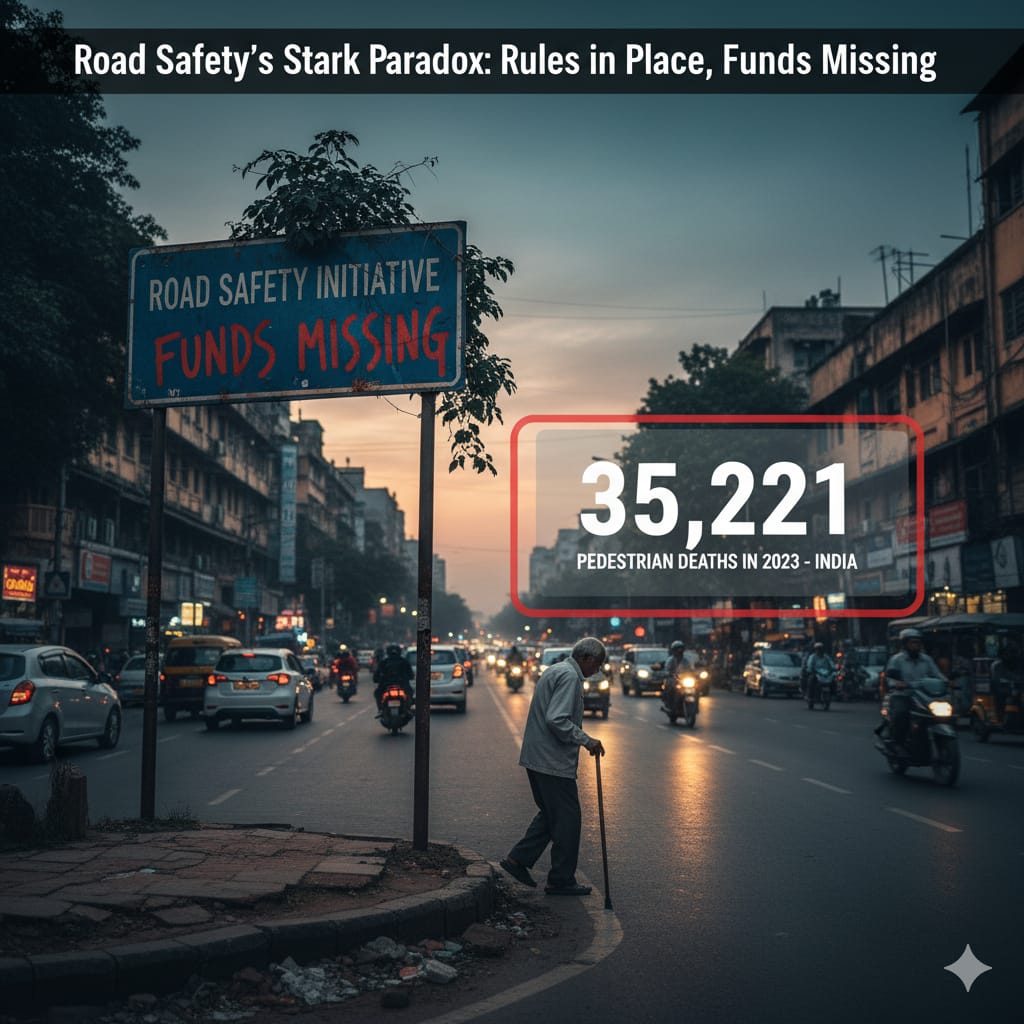
.jpeg)

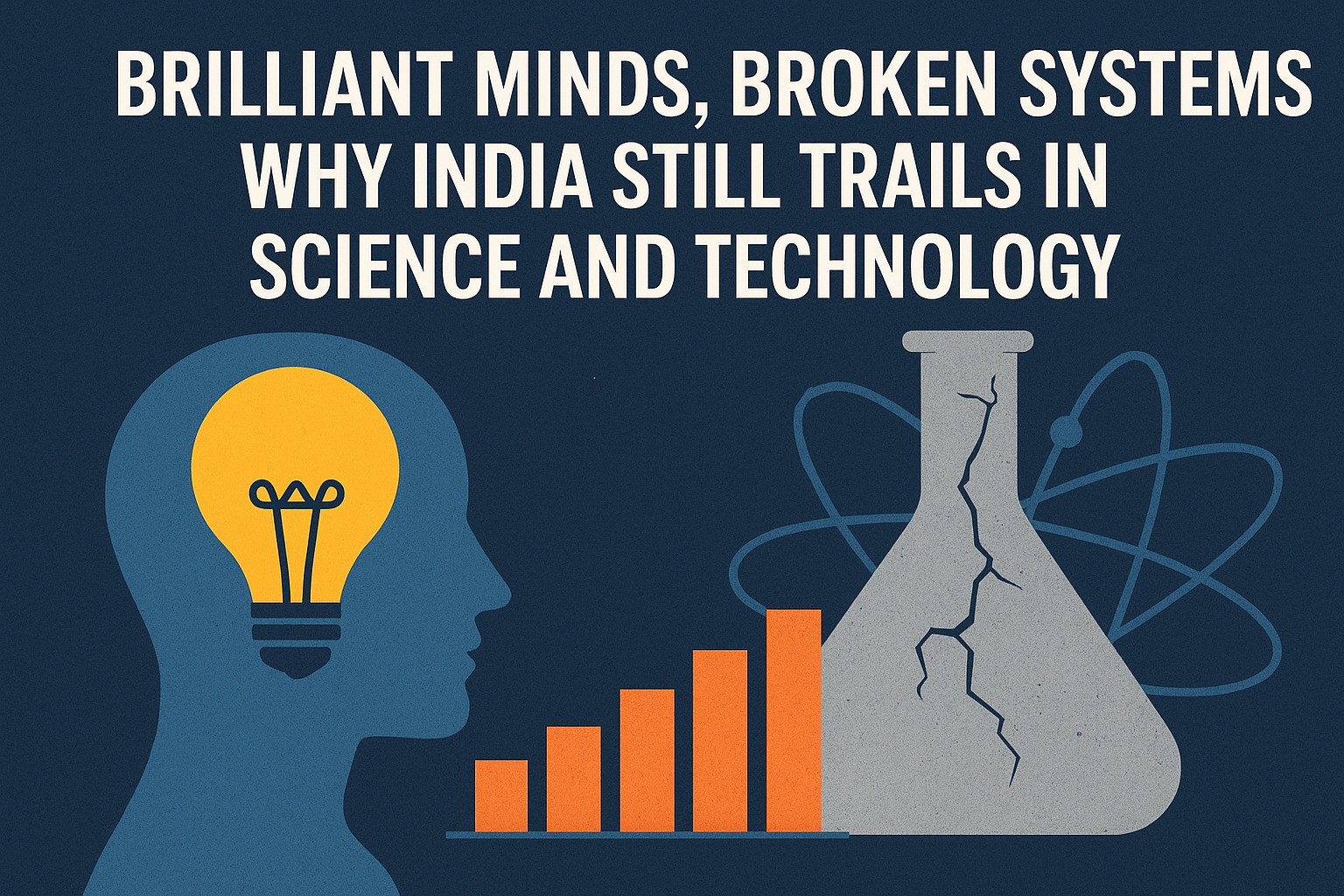


.jpeg)
